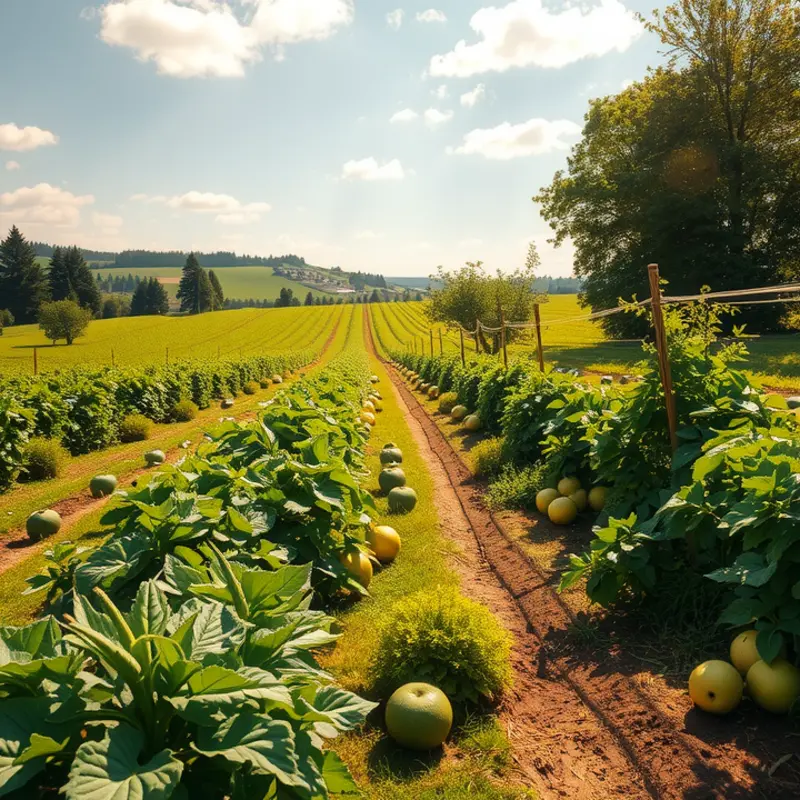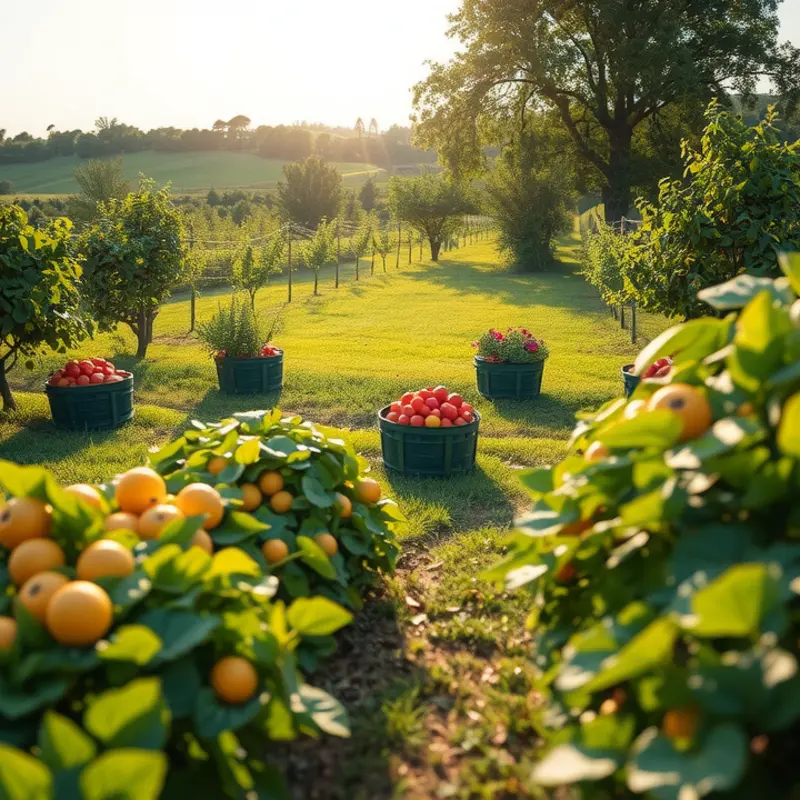Heirloom recipes serve as a culinary bridge to our past, carrying the flavors and stories of generations. Passed down through families and communities, these recipes are often more than just a collection of ingredients and instructions; they embody cultural traditions and cherished memories. Engaging in the art of oral transmission, food enthusiasts can delve into the diverse global cuisines that these recipes represent, preserving their significance while inviting new interpretations. Join us in celebrating the rich tapestry of flavors that heirloom recipes offer and discover the stories behind them.
The Rich Tapestry of Heirloom Recipes

Heirloom recipes are more than just instructions on how to prepare a dish; they are bridges that connect generations, serving as tangible links to the past. These recipes preserve the essence of cultural identity, offering insights into the history and traditions of the communities that nurture them.
Each heirloom recipe carries a narrative, often shaped by the hands that have lovingly prepared it over decades or even centuries. Through these culinary traditions, we gain a sensory understanding of cultural heritage, experiencing the aromas and flavors that have been cherished by families through time.
In many cultures, food is an integral part of social and religious rituals. For example, in Italy, the preparation of Sunday sauce is not merely about the final taste; it’s a family event that bonds generations over simmering pots. Similarly, in India, the crafting of a complex masala passed down through generations reflects not just familial tastes but regional identity and historical influences.
The process of transferring these recipes often occurs orally, with grandmothers and mothers teaching their children not only the ingredients but also the appropriate seasonality of food, an essential element in preserving the integrity of dishes. This oral transmission ensures that food remains a living narrative, one that evolves with subtle adaptation of flavors to local contexts, much like language.
Globally, the tapestry of heirloom recipes reveals stories of migration and adaptation. The Mediterranean diet, celebrated for its health benefits, is deeply rooted in historical trade routes that brought spices and ingredients from afar. Explore the culinary influences of trade routes and how they’ve intertwined with local practices to create lasting culinary traditions.
In the contemporary world, the revival and documentation of these recipes have gained importance. There is an increasing awareness of the role that food plays in connecting us to our roots and the necessity of preserving these recipes for future generations. Initiatives around the world are focusing on recording these recipes, ensuring that oral traditions do not vanish with the passing of elders.
The cherished simplicity or sophisticated complexity of heirloom recipes is a testament to human ingenuity and adaptability. Whether they are shared during family gatherings or passed along in handwritten notes, these recipes continue to bear witness to the shared history and intimate connections within families and across communities.
By safeguarding these culinary treasures, we honor the past while providing a flavorful narrative that enriches our present and future family tables. Through heirloom recipes, we not only keep culinary traditions alive but also maintain an enduring connection to our heritage, ensuring that the stories embedded in these dishes are never forgotten.
The Art of Oral Transmission: Sharing Stories through Food

Long before recipes were captured in cookbooks or shared online, the art of oral transmission played a pivotal role in preserving culinary traditions. This method relied heavily on storytelling, creating a vivid tapestry of family history and cultural identity intertwined with the preparation of cherished dishes. When a grandmother or elder would gather the younger generation around a simple kitchen table, it wasn’t just recipes being shared; it was a living history lesson. Through spoken word and hands-on demonstration, techniques and secrets were passed down, ensuring the authenticity of flavors and techniques.
Storytelling in cooking is transformative. It connects people across generations, cultures, and even continents, transforming mere instruction into an engaging narrative that fosters understanding and appreciation. For instance, recounting the origins of a dish often reveals historical and geographical context, providing insight into why certain ingredients are favored. These stories infuse meals with a sense of continuity and belonging, linking present creations with ancestral roots.
The communal meal is another critical aspect of this tradition. Gathering to prepare and enjoy food collectively strengthens community bonds, as everyone plays a role in the meal-making process. Whether it’s rolling pasta, folding dumplings, or stirring a bubbling pot, the shared labor fosters a communal spirit. Such traditions not only feed the body but nourish the soul, reinforcing family ties and cultural identity.
Modern technology has emerged as a formidable ally in preserving and evolving these oral traditions. Social media platforms and video sharing sites allow for the widespread dissemination of family recipes and cooking demonstrations. Individuals eager to learn about different cultures can now virtually join someone’s kitchen halfway across the globe. This digital wave fosters a global community interested in diverse culinary heritages while also spotlighting the importance of preserving traditional methods.
For those looking to deepen their understanding of food in global contexts, resources about culinary influences and trade can be a valuable addition to the exploration of how recipes and techniques travel and transform. As oral tradition adapts to include technological resources, it’s crucial to balance modern conveniences with the authenticity of original methods.
However, while modern tools increase accessibility, they also bring challenges. The ease of miscommunication or misinterpretation of a recipe in a new format can dilute its original essence. Thus, the art of oral transmission remains vital, as it emphasizes the nuance and passion that written words or videos alone might not convey. By engaging in these personal exchanges, the culinary soul of heirloom recipes can continue to thrive and evolve, blending tradition with innovation.
Final words
Heirloom recipes are a vital link to our collective heritage, conveying stories and traditions that connect us across cultures and generations. They remind us that food is more than just sustenance; it’s a symbol of love, history, and community. By embracing the art of oral transmission, we honor those who have come before us while inviting new interpretations of their cherished dishes. As we explore global culinary traditions, let us savor not only the flavors but also the rich narratives behind them. Each recipe tells a story waiting to be shared and passed down, preserving the culinary tapestry that binds us all.








